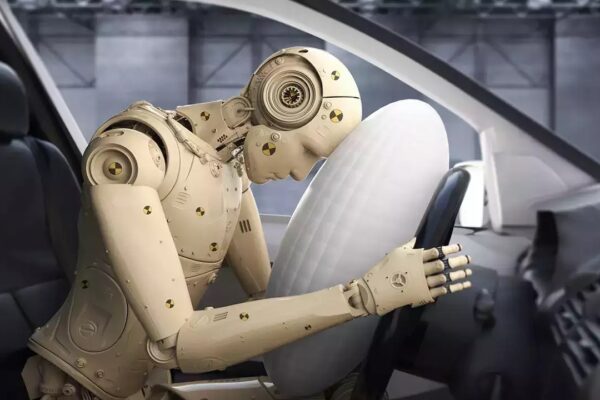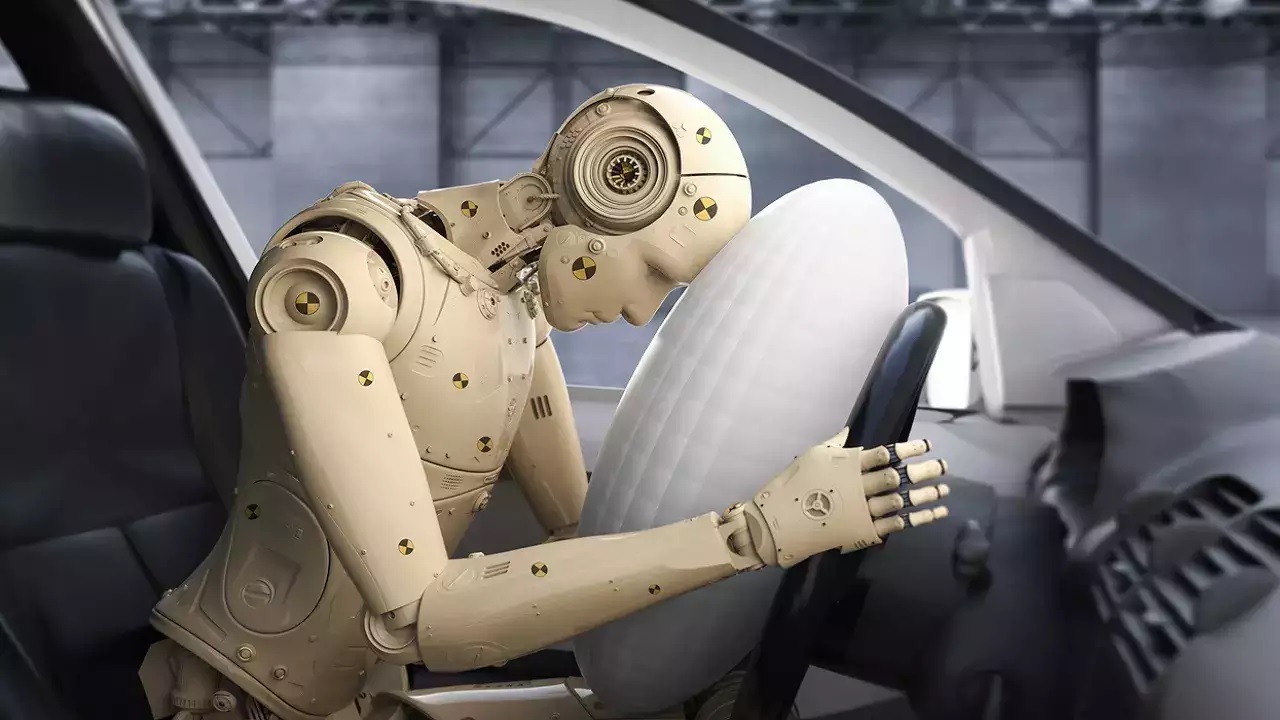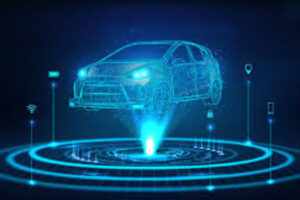Innovations in car safety have revolutionized the automotive industry, making roads safer for drivers, passengers, and pedestrians. From the introduction of seatbelts to the development of cutting-edge ADAS and Crash Avoidance Systems, technology has played a crucial role in enhancing vehicle safety. This comprehensive article will delve into the latest advancements in car safety, exploring the evolution of ADAS and Crash Avoidance Systems, and how these innovations are transforming the driving experience.
The Evolution of Car Safety: A Brief Overview
To understand the significance of modern innovations in car safety, we must first take a look back at the evolution of automotive safety features. From rudimentary safety measures to the high-tech solutions of today, the journey has been remarkable.
The Early Days: Simple Safety Measures
In the early days of the automobile, safety features were limited. Vehicles lacked seatbelts, airbags, and even basic safety glass. Accidents were often catastrophic, and car manufacturers began to realize the importance of implementing safety measures.
Seatbelts: A Milestone in Safety
In the 1950s, seatbelts were introduced as a significant step forward in automotive safety. This simple yet effective feature saved countless lives and set the stage for further advancements.
The Rise of Airbags
In the 1980s, airbags became a standard feature in many vehicles. These inflatable cushions provided an additional layer of protection during collisions, significantly reducing the risk of severe injuries.
ABS and Traction Control
In the 1990s, Anti-lock Braking Systems (ABS) and Traction Control Systems gained popularity. ABS prevented wheels from locking during sudden braking, while Traction Control Systems improved stability on slippery surfaces.
The Advent of ADAS: Advanced Driver Assistance Systems
In recent years, the automotive industry has witnessed a rapid evolution in safety technology with the introduction of Advanced Driver Assistance Systems (ADAS). These innovative systems leverage cutting-edge sensors and artificial intelligence to assist drivers in various aspects of driving.
Adaptive Cruise Control (ACC)
ACC utilizes radar and cameras to maintain a safe distance from the vehicle ahead. It automatically adjusts the car’s speed to match the flow of traffic, reducing the need for constant speed adjustments.
Lane Departure Warning (LDW) and Lane Keeping Assist (LKA)
LDW alerts the driver if the vehicle drifts out of its lane unintentionally. LKA, on the other hand, actively steers the vehicle back into the correct lane, providing an added layer of safety.
Blind Spot Detection (BSD)
BSD uses sensors to monitor blind spots and notifies the driver of approaching vehicles. This technology prevents potential collisions during lane changes.
Forward Collision Warning (FCW) and Automatic Emergency Braking (AEB)
FCW alerts the driver if a collision with the vehicle ahead is imminent. AEB takes it a step further by automatically applying the brakes to prevent or mitigate a collision.
Traffic Sign Recognition (TSR)
TSR identifies and interprets traffic signs, such as speed limits and stop signs, and displays them on the vehicle’s dashboard. This ensures that drivers are aware of the current road regulations.
The Future of Car Safety: Crash Avoidance Systems
While ADAS has already made significant strides in improving car safety, the future holds even more promising technologies known as Crash Avoidance Systems.
Pedestrian Detection System
This revolutionary system uses cameras and sensors to identify pedestrians near the vehicle’s path. If a potential collision is detected, the system applies the brakes to prevent the accident.
Intersection Collision Avoidance
Intersection Collision Avoidance systems leverage vehicle-to-vehicle (V2V) and vehicle-to-infrastructure (V2I) communication to prevent accidents at intersections. The system warns drivers of potential collisions and intervenes if necessary.
Advanced Driver Monitoring
Advanced Driver Monitoring Systems use facial recognition and biometric data to assess the driver’s level of attentiveness. If the driver appears fatigued or distracted, the system may suggest taking a break or engage safety measures.
Evasive Steering Assist
Evasive Steering Assist technology assists drivers in avoiding collisions with unexpected obstacles or pedestrians. The system provides additional steering support during sudden evasive maneuvers.
Vehicle-to-Everything (V2X) Communication
V2X communication allows vehicles to exchange real-time information with other cars, pedestrians, and infrastructure. This comprehensive data exchange enables a more coordinated and safer driving environment.
Addressing Concerns and Myths
With the rapid advancement of car safety technologies, certain concerns and myths have emerged. Let’s address some of the most common misconceptions:
- Myth: ADAS makes drivers complacent.
ADAS is designed to assist drivers, not replace them. While these systems offer significant support, drivers must remain attentive and engaged while behind the wheel.
- Myth: Crash Avoidance Systems are expensive.
While some advanced systems may have a higher initial cost, the long-term benefits outweigh the expenses by reducing the risk of accidents and potential injuries.
- Concern: Hacking and cybersecurity risks.
Automakers prioritize cybersecurity and employ encryption protocols to safeguard ADAS and Crash Avoidance Systems from potential cyber threats.
- Concern: ADAS and Crash Avoidance Systems are unreliable.
Extensive testing and research go into developing these safety technologies, making them highly reliable and effective.
- Concern: Maintenance and repair costs.
Car manufacturers often provide warranties and maintenance packages for these safety systems, making them more accessible and affordable for vehicle owners.
Conclusion
Innovations in car safety, from ADAS to Crash Avoidance Systems, have brought about significant improvements in road safety. As technology continues to advance, we can expect even more sophisticated and life-saving features in future vehicles. Embracing these innovations not only makes driving safer but also paves the way for a future where accidents become a thing of the past.








